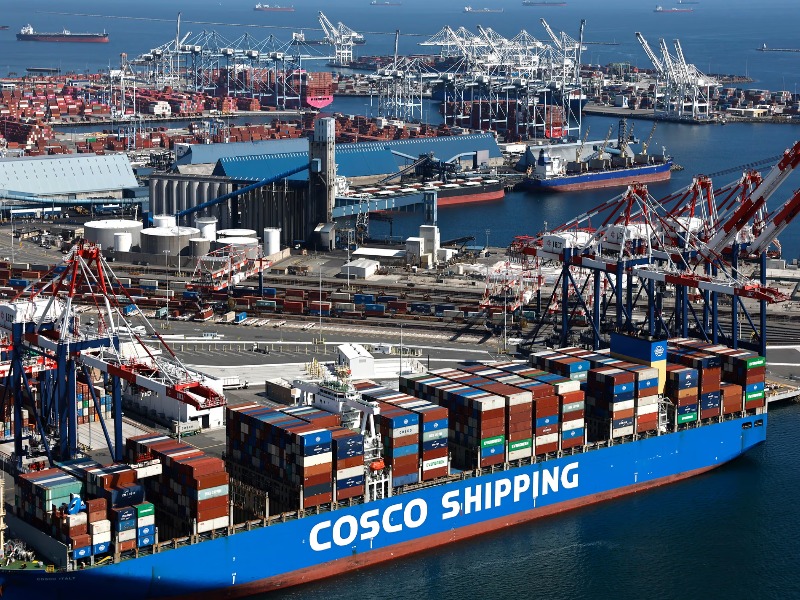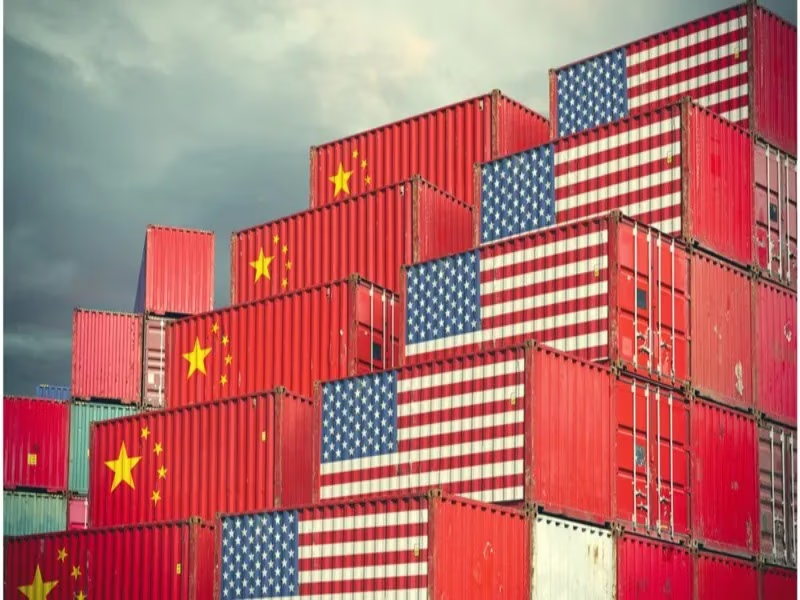In response to the American government imposing port fees on Chinese ships, an act that China had planned to impose on U.S. ships that docked in the nation, China has slammed U.S. ships that dock in the nation with tit-for-tat port fees, an escalation of a series of retaliatory actions ahead of trade negotiations between U.S. President Donald Trump and Chinese leader Xi Jinping.
The U.S. Ministry of Transport announced on Friday that vessels owned or operated by American firms or individuals and ships constructed in the U.S. or under the American flag would be charged a 400-yuan ($56) fee per ton per voyage should they dock in China.
According to the ministry, the charges would be imposed on the same ship to a maximum of five trips per year and increase with time till 2028, when it would increase to 1,120 yuan ($157) per net ton.
The effects would come into force on the same day, on October 14, when the United States is to commence imposing a fee on Chinese ships in its ports.
In a statement issued on Friday, the Ministry of Transport of China stated that its special duties on American vessels are “countermeasures” in response to “wrongful” U.S. practices, and intended U.S. port duties on its Chinese vessels.
The ministry also criticized the United States’ port charges as “severely damage the legitimate interests of China’s shipping industry” and “seriously undermine” the international economic and trade order.
China has declared a series of commercial actions and limitations in the lead-up to an anticipated gathering between Trump and Xi at the fringes of the Asia-Pacific Economic Cooperation summit in South Korea, which begins at the conclusion of October.

Beijing announced on Thursday that the additional restrictions on rare earth and technology exports, and additional restrictions on the export of some lithium batteries and other related equipment.
The port fees that were declared by Beijing on Friday resemble most of the U.S. port fees on Chinese vessels that visit American ports.
The ships that are Chinese-owned or run will pay a sum of 50 per net ton per voyage to the U.S under the plans devised by Washington, which will increase by 30 per net ton per year until 2028. Therefore, the vessels would be fee to charge no above five times in one year.
Deputy Chief Executive of Consulting Firm Reddal, Kun Cao, stated that China’s new port fee is “not just a symbolic move. It explicitly targets any ship with meaningful U.S. links — ownership, operation, flag, or build — and scales steeply with ship size.”
He further added that “real bite is on U.S.-owned and operated vessels,” stating that North America represents about 5 per cent of the beneficial ownership of the world fleet, which, however, is not so large but remains significant as compared to Greek, Chinese, and Japanese ship owners.
Reddal reported that the global commercial market share in shipbuilding in the United States is just 0.1 percent in the last years, and only less than 10 commercial ships were constructed last year.
Whereas shipping analysts indicated that U.S. port charges on Chinese vessels would probably have little effect on trading and freight rates since some shipping firms have been reflagellating their fleets to escape the additional fee, last month, shipping data provider Alphaliner in a report estimated that next year the top 10 carriers in the world alone would spend up to $3.2 billion on U.S port charges.






